Join the 7th IEEE International Flexible Electronics Technology Conference (IFETC) in Vancouver, BC, Canada from Aug. 5-8, 2025, for four days on the latest in flexible electronics technology, applications, breakthroughs, tutorials, short courses, and keynote presentations.
IEEE IFETC is dedicated to flexible electronics technologies for sensors, displays, wearable devices, and large area flexible and stretchable electronic systems. The growing field of flexible electronics is being continuously challenged by the growing demands for systems with better quality, adaptation to human body for health applications, lower cost, greener manufacturing, sustainability, durability, and mechanical stretchability. The field goes beyond flexible displays and wearable systems to all pervasive human-machine-environment interfaces, with major implications in communications, robotics, biomedical and health applications. The materials and manufacturing techniques at all levels have become increasingly critical for the electronics community to connect device technologies, advanced additive manufacturing, and circuits & systems. IFETC is the annual conference that presents a forum for engineers and scientists to get together and present the recent developments in technology development, device engineering, and systems integration.
Conference Topics and Focus Areas:
- Electronic Textile: From Fibers to Functional Electronic Textiles
- Nanocarbon Flexible Electronics: Devices Based on Carbon Nanotubes, Graphene, and Other 0-2D Nanomaterials
- Flexible Emissive and Reflective Displays: Advanced e-Papers, Novel Display Architectures and Heads-up Displays
- Advanced Manufacturing and Materials: Nano-inks, Additive Manufacturing, 3D Printing
- Wearable Devices: Advanced Health and Interactivity Sensors
- Biomedical Devices: Novel Flexible Electronic Health Applications in Medical Devices
- Neural Interfaces: Recording Neurons with Flexible Electrodes and Fibers
- Energy Harvesting and Storage: Flexible Solar Cells, Batteries, Thermoelectric, Triboelectrics, Piezoelectric Devices
- Natural and Bio-Sourced Materials: Sustainability and Recyclability
- Robotics and AI: Flexible Electronics for Humanoids and Advanced Robotics
- Flexible Antennas and RF Systems: RFIDs and Other Devices
Special Sessions:
IEEE EDS Flexible Electronics and Displays Session
This session focuses on the very dynamic and multi-disciplinary field of Flexible Electronics and Displays. This diverse topic requires collaborative expertise depth and breadth to cover the advancements in materials, processes, devices, systems, and applications. The session targets enabling collaborative engagement among a broad base from industry, academia, and laboratories. This encourages learning and growth in complementary disciplines while advancing innovations in the field.
This session will include discussions on the Flexible Electronics and Displays technology landscape and roadmap. Submission of papers are highly encouraged that highlight: 1) visionary directions in this field, and 2) technical gaps that need to be addressed in order to achieve these visions.
CRFID Flexible and Printed RF Session
IEEE EDS/CASS Cross-Society Special Session on Flexible Electronics and Applications
Startups, Innovation and Investment Forum Session
Women in Engineering Session

Important Dates:
| Abstract Submission Deadline: | May 31, 2025 (11:59 PST) |
| Notification of Acceptance: | June 10, 2025 |
| Final Paper Submission Deadline: | June 30, 2025 |
| Early Bird Registration Deadline: | June 15, 2025 |
Plenary Speakers
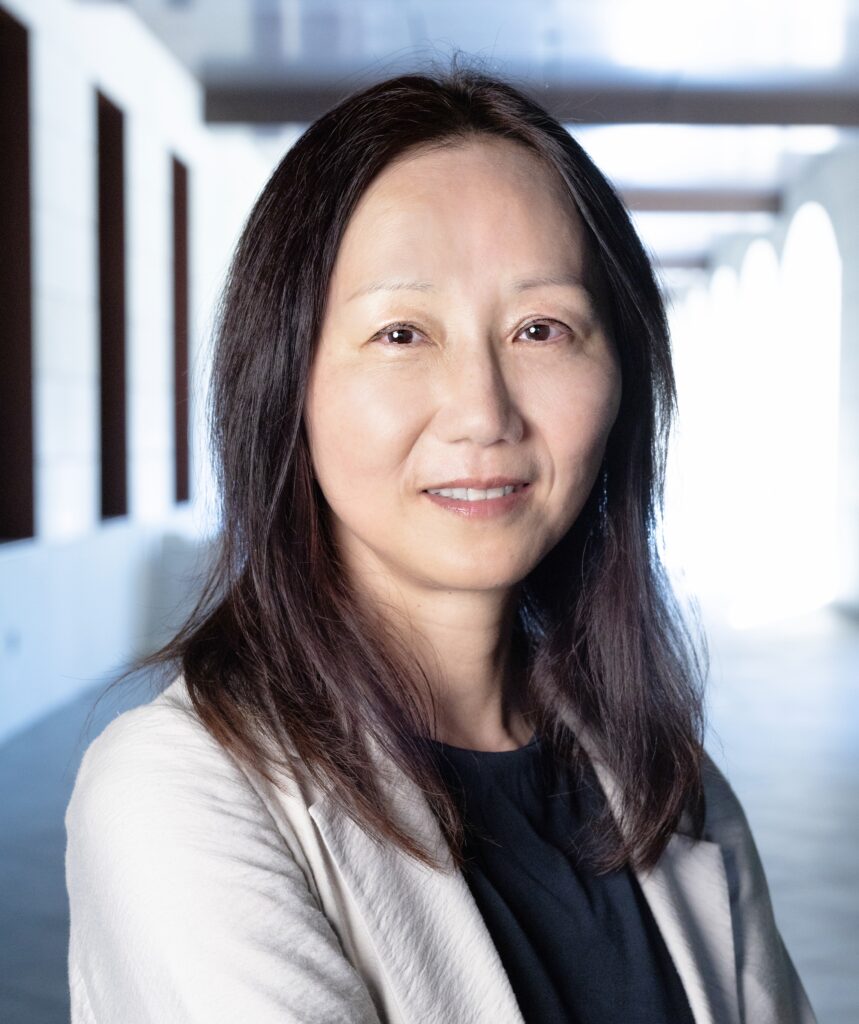
Prof. Zhenan Bao
Stanford University
Learning from Skin: from Materials, Sensing Functions to Neuromorphic Engineering
Abstract: Skin is the body’s largest organ. It is responsible for the transduction of a vast amount of information. This conformable, stretchable, self-healable and biodegradable material simultaneously collects signals from external stimuli, such as pressure, pain, and temperature, and translates into spike-train signals. The development of electronic materials, inspired by the complexity of this organ is a tremendous, unrealized materials challenge.
Furthermore, skin-like integrated circuits are necessary for neuromorphic signal processing to generate spike-train signals. However, the advent of organic-based electronic materials may offer a potential solution to this longstanding problem. Over the past decade, we have developed materials design concepts to add skin-like functions to organic electronic materials without compromising their electronic properties. An important discovery was nano-confined polymer semiconductors and conductors. This finding addressed the long-standing challenge of conformational disorder-limited charge transport with polymer electronic materials. It enabled us to introduce various skin-like functions while simultaneously increase polymer electronic material charge transport ability. The above fundamental understanding further allowed us to develop direct photo-patterning methods and fabrication processes for high-density large scale soft stretchable integrated circuits. In addition, we developed various soft sensors for continuous measurements, including pressure, strain, shear, temperature, electrophysiological and neurotransmitter sensors. The above sensors and integrated circuits are the foundations for soft bioelectronics and are enabling a broad range of new tools for medical devices, robotics and wearable electronics.
Bio: Prof. Bao is K.K. Lee Professor of Chemical Engineering, and by courtesy, a Professor of Chemistry and a Professor of Material Science and Engineering at Stanford University. Bao directs the Stanford Wearable Electronics Initiate (eWEAR).
Prior to joining Stanford in 2004, she was a Distinguished Member of Technical Staff in Bell Labs, Lucent Technologies from 1995-2004. She received her Ph.D in Chemistry from the University of Chicago in 1995.
Bao is a member of the National Academy of Sciences, the National Academy of Engineering, the American Academy of Arts and Sciences and the National Academy of Inventors. She a foreign member of the Chinese Academy of Science.
Bao is known for her work on artificial electronic skin, which is enabling a new-generation of skin-like electronics for regaining sense of touch for neuro prosthetics, human-friendly robots, human-machine interface and seamless health monitoring devices. Bao has been named by Nature Magazine as a “Master of Materials”. She is a recipient of the VinFuture Prize Female Innovator 2022, ACS Chemistry of Materials Award 2022, Gibbs Medal 2020, Wilhelm Exner Medal2018, L’Oréal-UNESCO For Women in Science Award 2017.
Bao co-founded C3 Nano (acquired by Du Pont) and PyrAmes, which produced materials used in commercial smartphones and FDA-approved blood pressure monitors. Research inventions from her group have also been licensed as foundational technologies for multiple start-ups founded by her students.

Prof. Shizuo Tokito
Yamagata University
Advanced Flexible Printed Sensors and Their Emerging Applications
Abstract: Printed electronics technology has made significant advancements in the past decade, driven by its cost-effectiveness and environmental benefits. Among its key applications, flexible printed sensors are gaining traction due to the growing demand for sensor networks in the Internet of Things (IoT).
This presentation will explore various flexible printed sensors—including temperature, pressure, strain, and humidity sensors—and their applications in healthcare, medical fields, logistics, and robotics. These sensors, fabricated on flexible film substrates using nanocarbon particles, conductive polymers, piezoelectric polymers, and liquid metals (LMs), offer high performance and novel functionalities. Notable developments include a flexible pressure sensor array that enables robotic tactile sensing and humidity sensors utilizing nanocarbon and cellulose nanofibers for rapid response and high sensitivity. Additionally, advancements in liquid metal printability have led to soft strain sensors with a bilayer structure of oxidized and bare LM layers on stretchable substrates.
To realize practical IoT-driven sensor systems, we integrate printed electronics with mature silicon-based technology on flexible substrates—a concept known as flexible hybrid electronics (FHE). Circuit layouts are precisely designed with complex multilayer structures using screen printing. The presentation will also touch on advanced printing technologies for ultrafine patterning and 3D-printed electronics, highlighting their role in advancing the field.
Bio: Dr. Shizuo Tokito received his Ph.D. in Materials Science from the Graduate School of Engineering Sciences, Kyushu University. He began his academic career as an Assistant Professor at Kyushu University in 1987 and later worked as a postdoctoral researcher under Prof. Alan J. Heeger, Nobel Laureate in Chemistry, at UC Santa Barbara (USA).
In 1990, he joined Toyota Central R&D Labs Inc. as a Senior Research Engineer. In 2001, he transitioned to the Japan Broadcasting Corporation (NHK) as a Research Director. Since 2010, Dr. Tokito has been a Distinguished Research Professor at Yamagata University, initially at the Research Center for Organic Electronics (ROEL), later serving as Director.
With over 40 years of experience, he has worked extensively on conducting polymers, organic light-emitting diodes (OLEDs), organic thin-film transistors (OTFTs), and various sensors based on organic small molecules and polymers. Over the past decade, his research has focused on printed electronics, emphasizing their environmental benefits. He has led a large research group of over 50 scientists, including industry collaborators.
Dr. Tokito is also the founder of Future Ink, a startup specializing in bed sensors for vital sensing. In 2015, he received a Ministerial Award for Science and Technology from Japan’s Minister of Education, Culture, Sports, Science, and Technology.

Venue
Location

Important
Date

Organizing
Committee
PUBLICATIONS:
Presented papers will be included in the Proceedings of IEEE IFETC 2025 pending the author requirements being met. Selected extended papers will be submitted to a special issue of a journal selected by the conference organizers.

EXHIBITION OPPORTUNITIES
The conference provides companies and organizations with an opportunity to display and promote products, services, equipment, books, journals, publications, and/or other items to attendees from around the world. For further information please contact: [email protected].
SPONSORS

The University of British Columbia
IEEE IFETC 2025 will be hosted at the Point Grey campus of the University of British Columbia (UBC), a prestigious institution dedicated to advancing knowledge across various fields. UBC is known for its state-of-the-art research labs and vibrant academic environment that encourages interdisciplinary collaborations.
It is located in the heart of Vancouver, Canada. UBC’s main campus is easily accessible from downtown and connected by excellent transport links.
ORGANIZERS
Conference General Co-Chairs
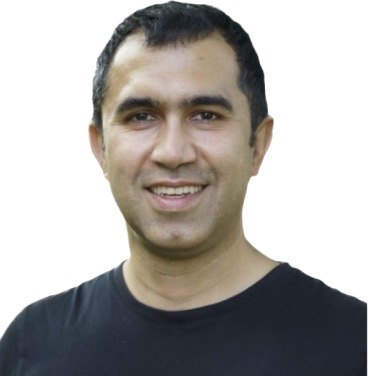
Peyman Servati
Professor
The University of British Columbia
CEO
Texavie

Ta-Ya Chu
Senior Research Officer
National Research Council of Canada
TECHNICAL PROGRAM COMMITTEE
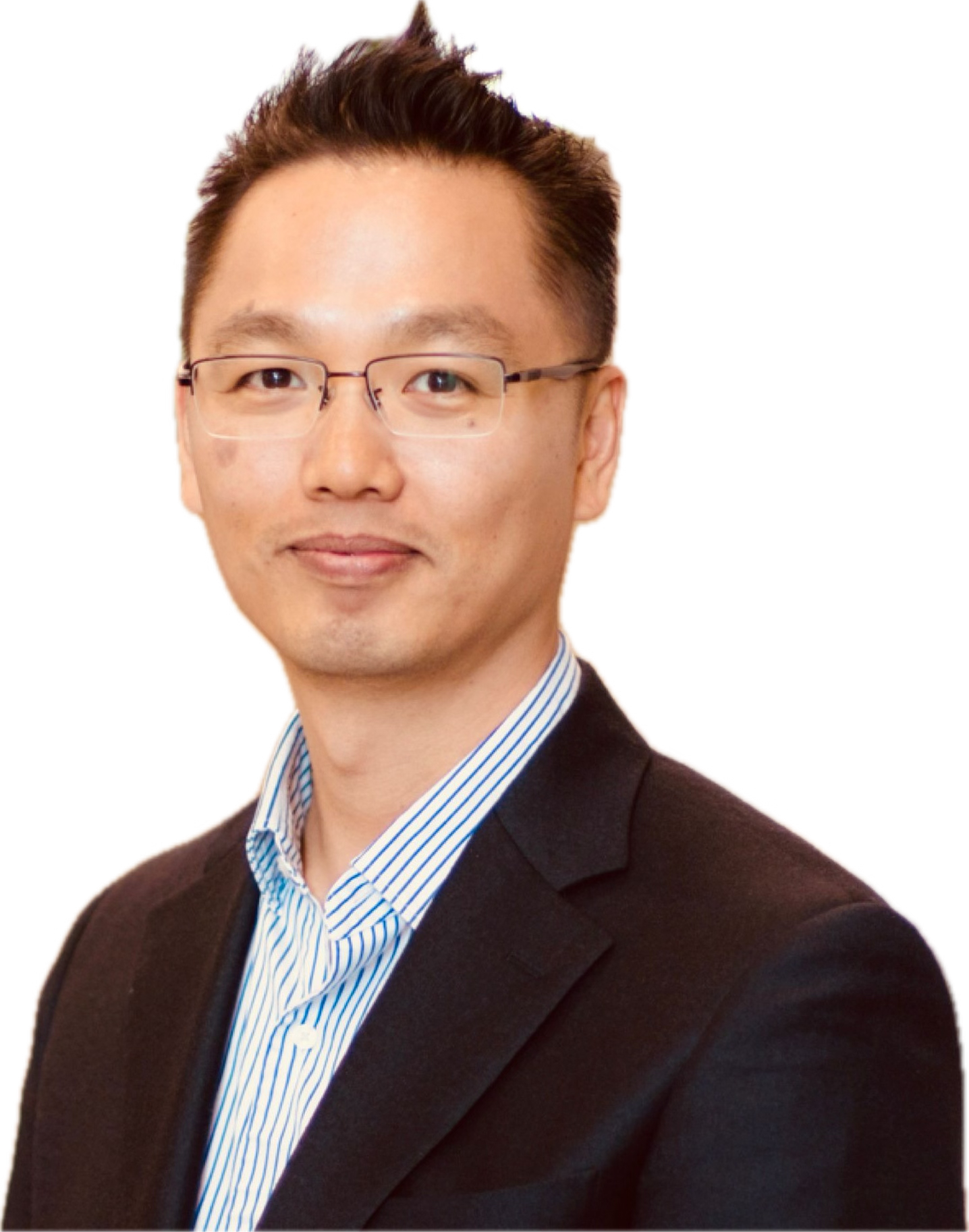
Woo Soo Kim
Professor
Simon Fraser University, Canada

Jianying Ouyang
Senior Research Officer
National Research Council of Canada

Sean Garner
Principal Research Scientist
Corning Inc., USA
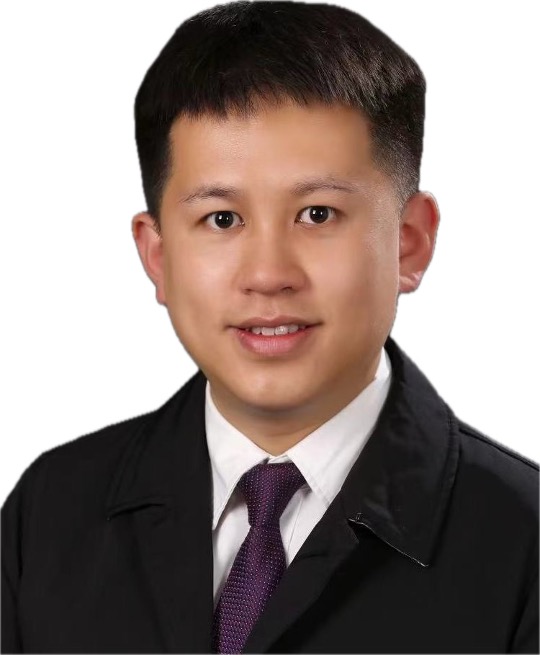
Chen Jiang
Professor
Tsinghua University, China
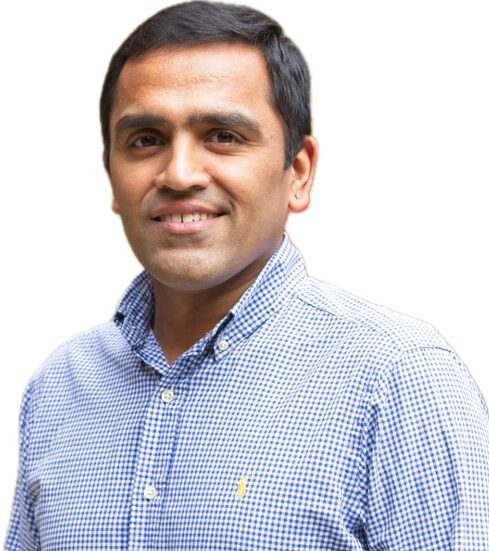
Harish Subbaraman
Professor
Oregon State University, USA

Debkalpa Goswami
Professor
Cleveland Clinic
Case Western University, USA

Derya Baran
Professor
King Abdullah University of Science and Technology, Saudi Arabia

Nazmul Karim
Professor
University of Southampton, UK

Ali Khademhosseini
CEO & Professor
Terasaki Institute, USA

Yangzhi Zhu
Professor
Terasaki Institute, USA

George Xiao
Principal Research Officer
National Research Council of Canada
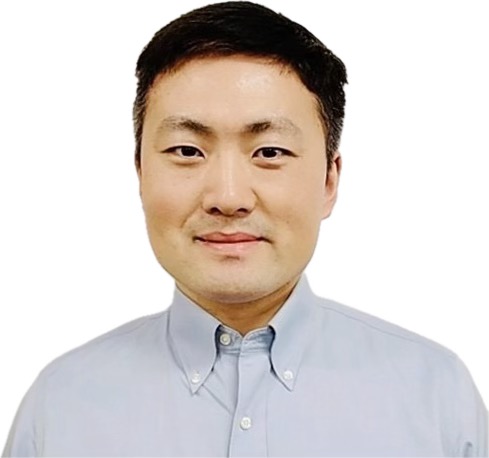
Jun Chen
Professor
University of California, Los Angeles, USA
Follow Us Here
IEEE IFETC 2025, Vancouver, BC, Canada

